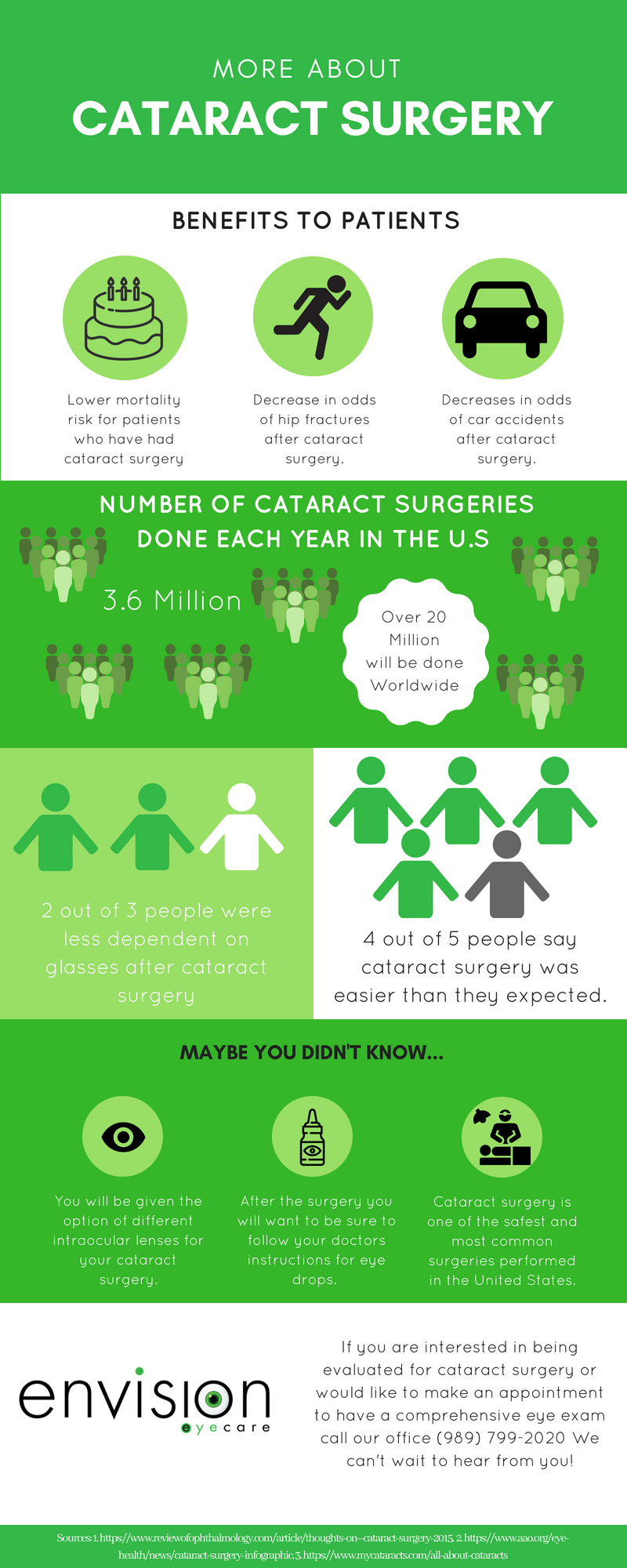Explore An Interesting Voyage Mapping The Growth Of Cataract Surgery Methods That Are Reinventing The Expectation Of Eye Medical Care
Explore An Interesting Voyage Mapping The Growth Of Cataract Surgery Methods That Are Reinventing The Expectation Of Eye Medical Care
Blog Article
Team Writer-Gillespie Kearney
As you explore the development of sophisticated cataract surgical treatment strategies, you'll witness a trip noted by ingenuity and precision. From ancient methods that led the way for modern innovations to cutting-edge modern technologies that are revolutionizing the field, the comprehensive summary of cataract surgery techniques is a testimony to human progression and devotion to enhancing individual outcomes. The elaborate interaction between historic techniques and advanced developments develops a fascinating narrative that sheds light on the advancement of among the most typical surgeries worldwide.
Historical Methods and Technologies
Check out just how very early specialists transformed cataract treatment by using ingenious techniques and tools. In the past, cataract surgical procedure was a risky and unpleasant procedure. Nonetheless, old Indian doctors were among the very first to try surgical interventions for cataracts, making use of a technique called 'couching' where a sharp instrument was made use of to push the cataract back into the eye. This technique, though crude by today's criteria, laid the groundwork for future developments in cataract surgical treatment.
As time proceeded, Arab physicians made significant contributions by creating specialized needles for cataract removal. These needles were made use of to pierce the cataract and afterwards remove it from the eye, marking a considerable enhancement in surgical precision.
Later, in the 18th century, the French cosmetic surgeon Jacques Daviel originated the technique of extracapsular cataract removal, where the whole lens was removed intact through a bigger incision. This marked a major improvement in cataract surgery methods, paving the way for the modern procedures we utilize today.
Modern Surgical Approaches
Early strategies in cataract surgical procedure have progressed substantially, causing the development of contemporary surgical approaches that prioritize precision and improved individual outcomes. Modern cataract surgery currently commonly entails a treatment called phacoemulsification, where an ultrasonic tool breaks up the cataract for removal through a little incision. Recommended Online site allows for quicker healing and lowers the risk of issues contrasted to older approaches.
Furthermore, the use of advanced intraocular lenses (IOLs) has changed cataract surgical treatment outcomes. These lenses can fix not just the cataract but additionally other refractive mistakes like astigmatism, lowering the need for glasses post-surgery.
Surgeons today likewise have access to advanced imaging technologies that aid in exact preoperative preparation and intraoperative decision-making. Optical coherence tomography (OCT) and other imaging techniques provide thorough photos of the eye's frameworks, permitting a more personalized method to every person's surgical treatment. With these advancements, modern cataract surgical treatment techniques remain to improve, using patients more secure treatments and far better aesthetic outcomes.
Emerging Technologies in Cataract Surgery
With innovations in technology revolutionizing the field, cataract surgical procedure is observing the integration of cutting-edge strategies for improved individual outcomes. Emerging innovations in cataract surgery are improving the landscape of sensory treatments. https://www.healio.com/news/ophthalmology/20210601/video-trattler-discusses-evaluation-management-in-postlasik-patients is femtosecond laser innovation, which allows for exact corneal cuts, capsulotomies, and lens fragmentation, leading to boosted surgical precision and outcomes.
Additionally, intraoperative aberrometry is gaining appeal, allowing real-time measurements of refractive mistakes throughout surgery to enhance intraocular lens power computations and reduce postoperative refractive surprises.
Additionally, using sophisticated imaging technologies like optical comprehensibility tomography (OCT) and intraoperative wavefront aberrometry aids specialists in accurate surgical planning and execution. These tools supply detailed anatomical details and assistance tailor surgical approaches for each patient's distinct eye features.
In addition, growths in artificial intelligence are being discovered to help in preoperative preparation, intraoperative decision-making, and postoperative treatment, possibly maximizing surgical results and patient satisfaction. Welcoming these arising technologies in cataract surgery holds promise for more boosting individual end results and making sure the continued development of ocular medical methods.
Final thought
As you journey with the background of cataract surgical procedure, you witness the makeover from old techniques to advanced technologies. Like a phoenix increasing from the ashes, cataract surgical treatment has actually advanced right into a beacon of hope and innovation.
Equally as a caterpillar arises from its cocoon as an attractive butterfly, cataract surgical procedure has progressed into a refined art form, offering clients clearer vision and a brighter future.
The development continues, beaming a light on limitless possibilities.
